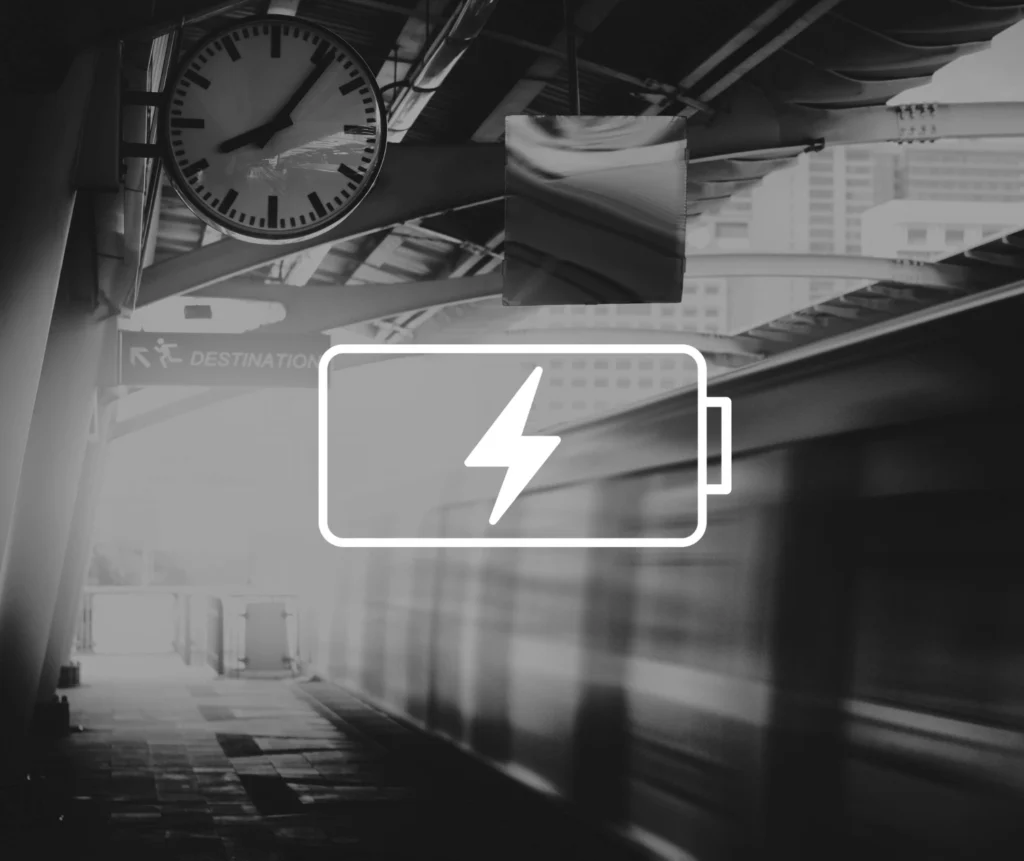The government should make increased connections of properties to the gas grid the focus of the Energy Company Obligation (ECO) and remove a cap on new connections under the Fuel Poor Network Extension Scheme (FPNES), according to the alliance.
EUA said first time central heating has “often been overlooked as a tool for reducing fuel poverty” but offers the biggest potential bill savings to fuel poor households.
Its analysis shows that for a household using electric storage heating with a heat demand of 10,000kWh and an initial bill of £1,386, being connected to the gas grid could deliver yearly savings of £922, compared to £116 for cavity wall insulation, £215 for solid wall insulation and just £29 for loft insulation.
The trade association urged the government to amend ECO to focus on the installation of first time gas central heating in fuel poor homes.
“For homes in fuel poverty the cost of a first time central heating system is too great for them to be able to afford without help,” the report said. “However, the bill savings of £922 means it has a greater value for money than solid wall insulation and better annual bill savings than fabric measures such as cavity wall insulation and loft insulation. As our analysis shows having no boiler is a major indicator of fuel poverty.”
For properties outside London and within 23m of the existing gas network, EUA estimated that the average cost per household would be roughly £4,600: £600 for connection to the gas grid; £2,000 for the installation of a gas boiler; and a further £2,000 for the installation of radiators and pipework. It would cost more for properties in London or those which are further away from the existing gas network.
The government’s 2015 spending review revealed plans for a new iteration of the supplier obligation with an annual budget of £640 million. Based on the cost estimate of £4,600, the EUA said this could be used to provide first time central heating to more than 139,000 homes each year.
The current RIIO framework only allows for up to 91,203 homes to be connected to the gas grid under the FPNES – this equates to around 11,400 homes per year and EUA said this cap should be removed.
Furthermore, the connections can only be signed off once a central heating system has been agreed and funded, which the report said is a “major barrier” to progress.
EUA added that there is a bureaucratic “disconnect” as FPNES is operated by Ofgem and ECO by BEIS. It said the two schemes should operate in tandem to identify fuel poor homes not on the gas grid, arrange for the central heating system funding and then the connection.
In addition, it has called for a revised ECO scheme to operate in a less “isolationist” manner by identifying properties on a “street by street” basis rather than individually. “With first time connections to the grid it will be more cost effective to connect a number of homes rather than on an individual basis,” the report said.
A version of this story first appeared on Network’s sister brand Utility Week.

